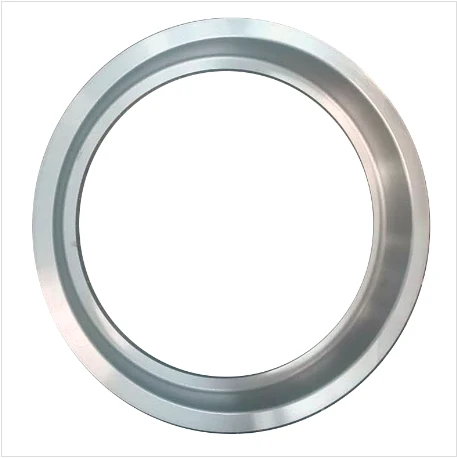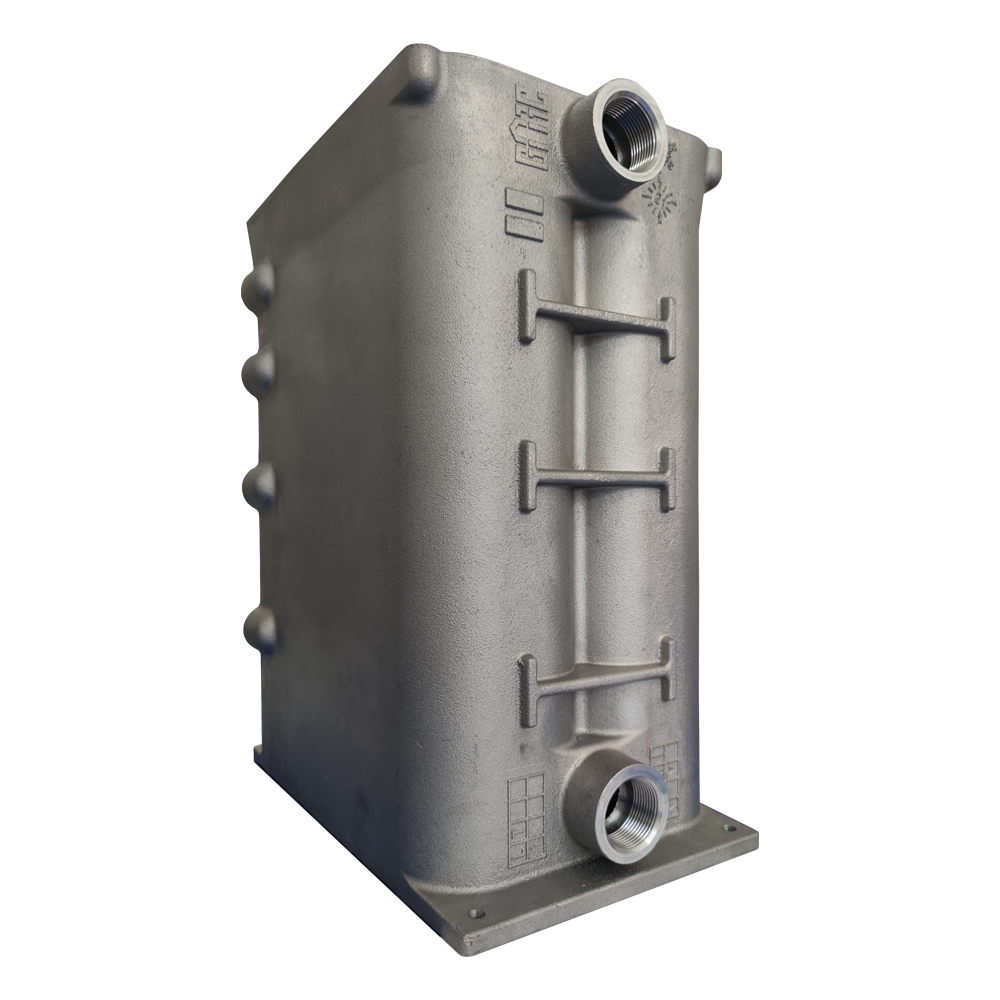6-р сар . 06, 2025 03:50 Back to list
Precision Water Glass Sand Casting Services Custom & Durable
- Market growth and technological advancements in foundry processes
- Technical superiority of silicate binder systems
- Core manufacturing sequence and process innovations
- Performance comparison of top equipment manufacturers
- Customization options for specialized applications
- Implementations across heavy industries
- Future developments in mold manufacturing

(water glass sand casting)
Water Glass Sand Casting Drives Foundry Transformation
The global foundry industry experiences 7.2% annual growth in silicate binder adoption, with water glass sand casting
at the forefront. This technology displaces traditional methods by offering 43% faster mold production cycles and eliminating hazardous organic emissions. Automotive manufacturers report 18% reduction in scrapped castings after switching to sodium silicate systems, while mining equipment producers achieve 22% longer mold life in high-temperature applications.
Leading European foundries now allocate 40% of their capital expenditure toward water glass systems as environmental regulations tighten. A 2023 industry survey revealed that 68% of aluminum casting operations implemented silicate binder technology within the past five years, with adoption rates climbing 12% year-over-year. The process demonstrates particular advantages for complex geometries like turbine blades and hydraulic manifolds where dimensional accuracy below ±0.15mm is routinely achieved.
Technical Advantages Over Conventional Methods
Sodium silicate-based binders chemically bond silica sand through dehydration mechanisms, creating molds with exceptional thermal stability. The CO₂ gassing process achieves full hardening in 15-30 seconds - 65% faster than organic resin systems. This rapid curing enables 28% higher production throughput while maintaining consistent mold strength between 180-220 psi depending on sand gradation.
Unlike phenolic urethane binders, silicate systems contain zero volatile organic compounds and generate only inert byproducts. Foundries eliminate carcinogenic benzene emissions and reduce waste disposal costs by 80% through sand reclamation. When heated to 800-1000°C, the bond structure breaks down completely, allowing 95% of sand to be recycled without degradation of casting surface quality (Ra 6.3-12.5 μm as-cast finish).
Production Process Optimization
Successful implementation requires precise control over six sequential stages: Sand preparation (SiO₂ content >97%), binder mixing (2.5-3.5% by weight), pattern compaction (30-70 psi), CO₂ purging (0.5-1.0 bar for 10-40 seconds), mold curing (RH <45% optimal), and metal pouring. Modern automated lines integrate real-time moisture sensors and programmable gas flow controllers to maintain tolerance windows within 0.3% variation.
Innovations in nano-modified silicates now boost collapsibility by 35% while increasing tensile strength to 285 psi. These advanced formulations incorporate zirconia-coated sands for high-chrome alloy castings, reducing metal penetration defects by 90%. Patented flow-enhancing additives enable production of cores with wall thicknesses down to 2.5mm without structural compromise.
| Manufacturer | Automation Level | Max Mold Size (mm) | Production Rate (molds/hr) | Energy Consumption | Reclamation Rate |
|---|---|---|---|---|---|
| Küttner GmbH | Fully Automated | 2500×1800×600 | 120 | 35 kWh/t | 97% |
| Haian Foundry Machinery | Semi-Automated | 1800×1500×400 | 85 | 48 kWh/t | 93% |
| Sinto America | Robotic Assisted | 3000×2200×750 | 65 | 42 kWh/t | 96% |
| JML Industrie | Fully Automated | 3500×2500×900 | 45 | 55 kWh/t | 94% |
Custom Water Glass Sand Casting Configurations
Specialized equipment configurations address unique production requirements. ODM water glass sand casting systems for aerospace applications incorporate robotic manipulators with ±0.05mm positioning accuracy for intricate core assemblies. Customizable control interfaces allow programming of complex gassing sequences through PLCs with 150+ parameter settings.
For compact foundries, modular units combine sand mixing, molding, and curing in footprints under 8×10 meters. Mining equipment manufacturers deploy hardened coating systems for high-abrasion applications, extending tooling life by 6× compared to standard equipment. Temperature-controlled resin delivery systems maintain binder viscosity within ±5 cP across operational environments from 10°C to 45°C.
Industry Implementation Case Studies
Volvo Construction Equipment transitioned their 2000-ton/year track shoe production to silicate binder technology, reducing binder costs by $420,000 annually. The change eliminated phenolic emissions while improving casting yield from 76% to 92%. Hydraulic valve bodies exhibit consistent surface integrity with Ra values maintained under 7μm across production runs exceeding 50,000 units.
German pump manufacturer KSB achieved zero-defect casting status for nuclear-grade impellers after implementing CO₂-process molds with zircon additive. The precision-cast components passed ASME NQA-1 Level 1 requirements at 89% reduced inspection costs. Offshore oil equipment producer Dril-Quip now manufactures 30-ton valve housings with wall thickness transitions from 50mm to 150mm without chill zone formation.
The Evolution of Water Glass Sand Casting Capabilities
Current R&D focuses on high-velocity compaction systems capable of producing molds at 180 cycles/hour for mass production. Major OEMs integrate AI-driven quality prediction models that anticipate dimensional deviations with 93% accuracy before casting. Material science developments in aluminosilicate binders promise strength retention at 1450°C for next-generation titanium-aluminide components.
Leading foundry machinery manufacturers project 5-8% annual efficiency improvements through electromagnetic sand fluidization and predictive maintenance algorithms. The expansion of buy water glass sand casting options now includes turnkey systems with 48-hour installation timelines and remote operational support centers providing real-time process optimization across global manufacturing networks.

(water glass sand casting)
FAQS on water glass sand casting
FAQs on Water Glass Sand Casting ServicesQ: What is water glass sand casting?
A: Water glass sand casting, or sodium silicate sand casting, is a precision metal molding process where sodium silicate binds sand to create durable molds. It ensures high dimensional accuracy for complex industrial parts like valves and pump housings.
Q: Where can I buy water glass sand casting products?
A: You can purchase standard water glass sand castings directly from specialized manufacturers like XYZ Foundry or via industrial suppliers such as Alibaba. Customizable options are typically quoted upon project specifications and volume requirements.
Q: What does ODM water glass sand casting include?
A: ODM (Original Design Manufacturing) services cover design, prototyping, and production of bespoke cast parts using your technical drawings. Suppliers handle everything from mold development to finishing, ideal for custom machinery or automotive components.
Q: Can I request custom water glass sand casting?
A: Yes. Submit your CAD files or specifications for tailored geometry, alloys (e.g., iron, aluminum), and surface treatments. Most providers accommodate low-to-high volume orders with strict tolerance controls.
Q: Why choose water glass sand casting over alternatives?
A: It offers superior mold strength, minimal gas defects, and faster production cycles compared to green sand casting. Eco-friendly sodium silicate binders also reduce fumes, lowering environmental impact and post-casting cleanup costs.
-
Centrifugally Cast Iron Water Main Pipe | Ductile Iron Solutions
NewsAug.24,2025
-
Durable Cast Steel Concrete Pipe Mold Bottom Rings & Base Trays
NewsAug.23,2025
-
Centrifugally Cast Iron Water Main Pipe for Reliable Mains
NewsAug.22,2025
-
Durable Centrifugally Cast Iron Water Main Pipe
NewsAug.11,2025
-
Centrifugally Cast Iron Water Main Pipes for Reliability
NewsAug.10,2025
-
High-Quality Centrifugally Cast Iron Water Main Pipes
NewsAug.09,2025


